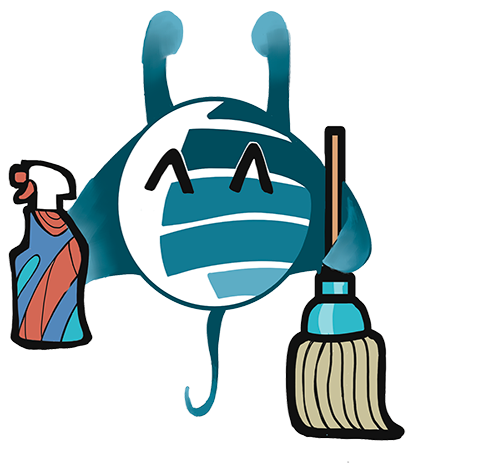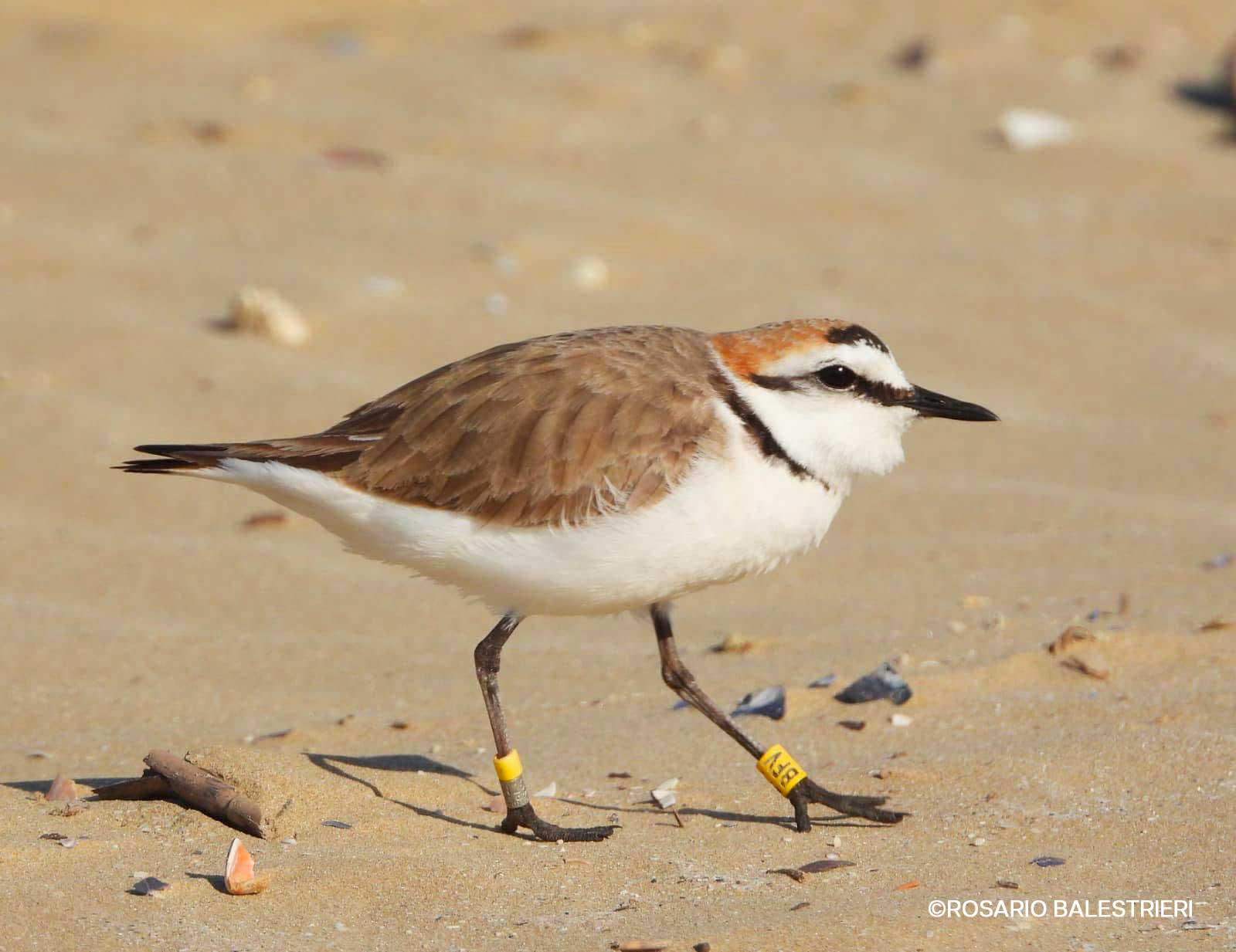If it were not always on the move, while it explores the shoreline with its long beak in search of food, its livery and size would make it impossible to distinguish it in the expanse of sand.
It is on the beach, the life of the Kentish Plover (Charadrius alexandrinus), from the moment it emerges from the egg and, after just a couple of hours, also from the nest, to launch itself autonomously to discover the environment near the sea that should guarantee it everything it needs to feed and reproduce. It should, because the small wader, inhabitant of sandy coasts, finds conditions increasingly less favorable to its survival both in Italy and in the rest of Europe, from Scandinavia to the Mediterranean. For this reason, it has been included in the list of species in danger of extinction for some years.
Small, about fifteen centimetres tall and weighing less than a pound, the Kentish Plover takes its common name from the black band that surrounds the male’s head and which is reminiscent of a friar’s hood. This is the most striking element of the plumage, along with another black stripe that runs from the beak to the eyes and the black spot on the forehead. Then, the upper part of the small body is a grey-brown colour that becomes more reddish in winter, while the lower part and neck are white, with slender grey-blackish legs. A colour that, with small seasonal variations, is perfect for blending in with the sand. The females’ plumage is even less striking, lacking the black stripes, with a prevalence of grey tones also on the head and neck and with brownish legs.
They are among the smallest birds present in Italy, until a few decades ago very common near salt lakes and in some more internal humid areas, such as in the Po Valley. Close to dune areas, but not closed in them, especially in areas covered by vegetation. The Kentish Plover moves on the sand, where it finds its small prey, molluscs and annelids, when the tide goes out, in addition to digging in the sand with its beak or jumping curiously to bring out ants and other small hidden insects.
Despite its small size, it is a migrant that can cover great distances and fly many kilometers to reach North Africa in autumn and return to Europe in spring. But not all migrate, many are sedentary and stop where they nest. The mating season begins in March and couples nest right at the beginning of spring. The nests are little holes dug in the sand, in raised spots where the beach is dry and the vegetation is sparse. Up to three eggs are laid in them, about three centimeters in diameter, a beige color similar to sand and speckled with black. After incubation for between 24 and 28 days, in which the male and female alternate, the chicks emerge, which are nidifugous. In fact, they leave the nest almost immediately and, under the control of their parents for the first week of life, are able to find food on their own from day one. If they think they are in danger, the chicks lie down still, pretending to be dead.
A species in continuous decline
Despite the bold defensive solutions they adopt, Kentish Plovers have significantly and progressively decreased in recent decades. A phenomenon observed in every part of Europe where they are present and Italy is no exception, indeed. All the coastal areas where they were once very numerous, the northern and southern Adriatic, the Tyrrhenian Sea, Sicily and especially Sardinia have recorded a significant decline equal to about half of the specimens. A trend that has remained constant from one year to the next. Overall, about 37 colonies and less than 2000 pairs remain, while in the countries of the European Union there are about 11 thousand.
Faced with these data, the EU has included the Kentish Plover in the Bern Convention, which protects flora and fauna, in the Bonn Convention, dedicated to migratory fauna, and in the Birds Directive, indicating it as a particularly protected species. Other measures have been adopted by the States to try to also affect the known causes of the phenomenon: first of all, the loss of coastal habitats where the Kentish Plover lives, sacrificed to the expansion of seaside tourism and, in general, to the strong anthropization of the coastal strip a bit everywhere. Human frequentation of the beaches and dune areas even out of season multiplies the risks for the survival of individual specimens, which often fall prey to dogs left unattended and stray cats, and of the nests, which, being camouflaged in the sand, end up being trampled by those who walk or destroyed during mechanical cleaning of the beaches.
Thus, especially in coastal areas protected by National Parks, Regional Reserves and Marine Protected Areas, specific rules have been introduced that must be followed by those who frequent beaches, dunes, pine forests and paths near the sites where the Kentish Plover lives. And in some areas, specific protection and reconstruction interventions of the coastal habitat have been started, which have begun to produce some results in combating the reduction of colonies. A National Committee for the Conservation of the Kentish Plover has also been established, which monitors the number of breeding pairs and the size of the population in Italy.
Given the risks to which it is exposed, the presence of the Kentish Plover represents an important indicator of the health of the marine environment. Therefore, the future of the small wader also depends on the protectionof the coastal strip and its precious natural habitats.




